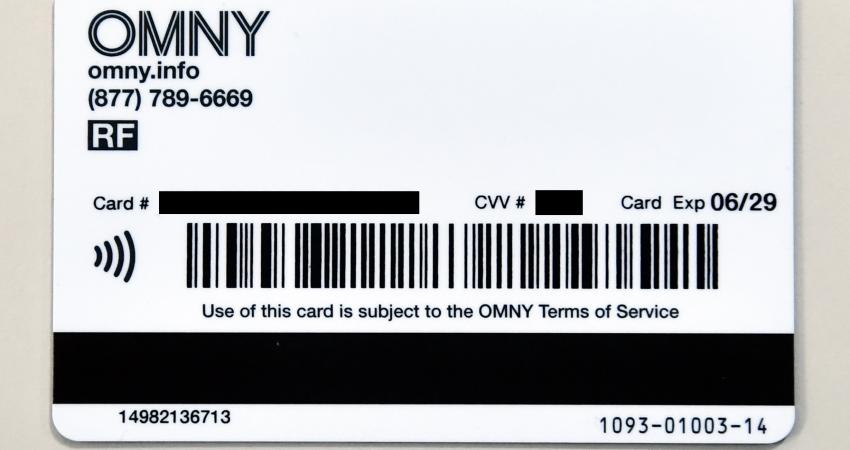
Smarter parking can benefit city authorities and other road users as well as drivers looking for a space, argues Dr Graham Cookson.
As witnessed by the recent announcements at the Consumer Electronics Show, the automotive industry continues to focus on the driving experience; moving from speed and handling towards safety and efficiency. However, interestingly we don’t actually drive our cars all that much. Our cars can be parked for up to 95% of the time, yet congestion is a major issue in cities across the globe.
The rise in car ownership, and a corresponding increase in the distance driven, mean car parking in major cities continues to be problematic. One statistic that demonstrates this comes from a global survey of commuters in 20 international cities which found that nearly six out of 10 drivers abandoned their search for a parking space at least once. And the reason? Drivers spend an average of nearly 20 minutes in pursuit of a coveted parking spot.
Not only is parking time-consuming, it’s expensive. Whilst it’s no secret that parking poses daily challenges to drivers, what’s not so well-known is the impact it has on urban mobility in our cities, adding to drivers’ frustration and causing detrimental impacts on our economies and the environment. Parking is a pain.
However, finding a parking space shouldn’t be as difficult as our experiences tell us. Studies have shown that there are three to three-and-a-half parking spaces per car, and in some countries this figure rises to eight spaces per vehicle. What this demonstrates is that the issue is down to a lack of information rather than a parking shortage.
The Internet of Things has empowered a smart parking revolution, and advancements in technology and the growing availability of data have introduced a new era of smart parking. By connecting parking lot gates, parking meters and payment booths, and the introduction of sensors in parking bays, it is now possible to collect real-time parking space occupancy for both on-street and off-street parking spaces.
So, not only is it possible to know when these monitored spaces become available, but by leveraging the power of big data science, it is also possible to predict occupancy where there are no live data streams. By linking real-time occupancy with smart payment systems, drivers should be able to reserve and even pay for parking in advance.
Urban planning
Parking is often the second largest source of revenue in most cities and experts estimate that the deployment of smart parking technologies has the ability to reduce traffic congestion while increasing compliance and revenue through better inventory utilisation. That’s why having a comprehensive understanding of parking inventory usage citywide gives urban planners valuable insights that help them to improve parking conditions and locations, and better locate special purpose lanes for bicycles and public transit on city streets. With over half of the world’s population living in our largest cities, urban planners are increasingly turning to intelligent parking solutions to better manage parking inventory and improve urban mobility.
The private sector is taking full advantage. Take US-based General Growth Properties (GGP) as an example. GGP owns and manages retail properties across the States and uses heat maps enabled by GPS data to show open parking spaces closest to shoppers’ favourite stores or restaurants. In doing so, the company offers an innovative approach to providing timely, relevant parking information to enhance the mall shopping experience.
On another level, knowing the real-time demand and supply can allow parking inventory owners to vary the price by time and location. Increasingly, cities are pursuing this approach. Insights that can be drawn from this data help planners better manage urban congestion. Researchers in the US have shown that by increasing the price of parking during a busy period, demand can be reduced by between three and 10%.
Finding new opportunities to incorporate technology into urban planning should be a priority, and providing more options for parking is just one way that planners can free up parking spaces for drivers. This needs to go beyond one-time snapshots of parking availability, allowing cities to see how parking inventory changes based on time of day, day of week, price, and during special events or holidays.
Today most drivers rely on the real-time traffic information integrated into vehicle navigation systems to provide realistic journey times and optimised routes to their destinations. Real-time information like traffic, parking and fuel, plays a critical role in the driving experience but currently parking, an important part of the navigation puzzle, is being missed out. When considering the total journey time, we’re not only talking about the drive, but also finding and paying for parking when we arrive.
Anyone who has ever found themselves circling the block in search of a parking space has wished for a solution that could quickly lead them to that elusive spot. Providing simple real-time information about the journey alone is not enough.
Last year Porsche, along with other luxury automakers, announced it was to incorporate real-time parking services to pinpoint, compare and navigate to available off-street parking spaces. For drivers, the integrated navigation and parking service provides end-to-end routing and real-time journey times and such features will rise to the top of the buyers’ expectations for their next car.
Car share parking
Providing a service which goes beyond current smart parking technologies can offer a faster, more cost-effective way for cities to manage parking. By offering an alternative to private car ownership, car sharing schemes deliver an innovative way of effectively unlocking a new model of urban mobility for cities.
In London, car clubs provide access to shared vehicles for members on a pay-as-you-drive basis. With one of the largest car club markets in Europe, the sector is innovating rapidly with new operators entering the field. To tackle the ever-increasing congestion problem - which is set to increase by up to 60% in central London by 2031 – the promotion of car clubs can help reduce overall car dependency by making access to cars more flexible, therefore reducing pressure on road space and encouraging more sustainable transport. For parking, this means that if spaces are freed up by car club members selling or deferring the purchase of cars, those spaces could be reallocated to other uses that benefit the local area, such as cycle parking space, play or amenity areas or electric vehicle charging points.
A major barrier that would revolutionise car sharing is one-way trips. This means users would never need to worry about planning their return trips. However, the ability to do this requires real-time parking availability for parking bays, and big data analytics to predict where people want to drive and park.
These schemes still have to overcome many other barriers. For example, no one authority in London has control over parking and roads with responsibilities split between 32 boroughs, Transport for London (TfL) and the City of London. As there are multiple stakeholders that need to offer support, the process for implementing these schemes lacks a much needed streamlined process.
Driving should be a seamless and efficient experience, with parking a stress free moment when you reach your destination but sadly, finding a suitable space is often more demanding than the journey itself. By removing the hassle associated with parking, investment in smart parking can unlock many benefits. Additionally, the implementation of new smart technologies and services will provide a complete embedded connected car parking experience, a feature I know to be highly desirable to people who regularly drive in cities where parking spaces are ever-harder to find.
The next step in the smart parking revolution is to embed these services into connected cars to reduce the hassle for drivers, decrease urban congestion and ultimately save money and time. With analysts predicting the smart parking market will grow at 28% annually and expecting it to be worth more than $3bn over the next decade, cities and urban planners that haven’t yet done so have every incentive to make great strides.
ABOUT THE AUTHOR: Dr. Graham Cookson, is chief economist at connected vehicle and movement analysis specialist,












